Contents
Needed for this class
- a camera or cameraphone
- if you are using a cameraphone that does not have portrait mode, try an app like Focos to blur the photo’s background
- one or two small objects that signify romance
- a light maybe with tracing paper or thin cloth to soften it
- not required but recommended-fairy lights, Christmas lights or candles
Review
Juxtaposition, angle of view
From America at Hunger’s Edge, The New York Times, September 2, 2020
Photos by Brenda Ann Kenneally
The depiction of space
Perspective-the representation of a 3-dimensional space on a 2-dimensional surface by converging lines, diminishing scale and/or atmospheric perspective.

The Tetons and the Snake River, Grand Teton National Park, Wyoming. Ansel Adams. 1942. 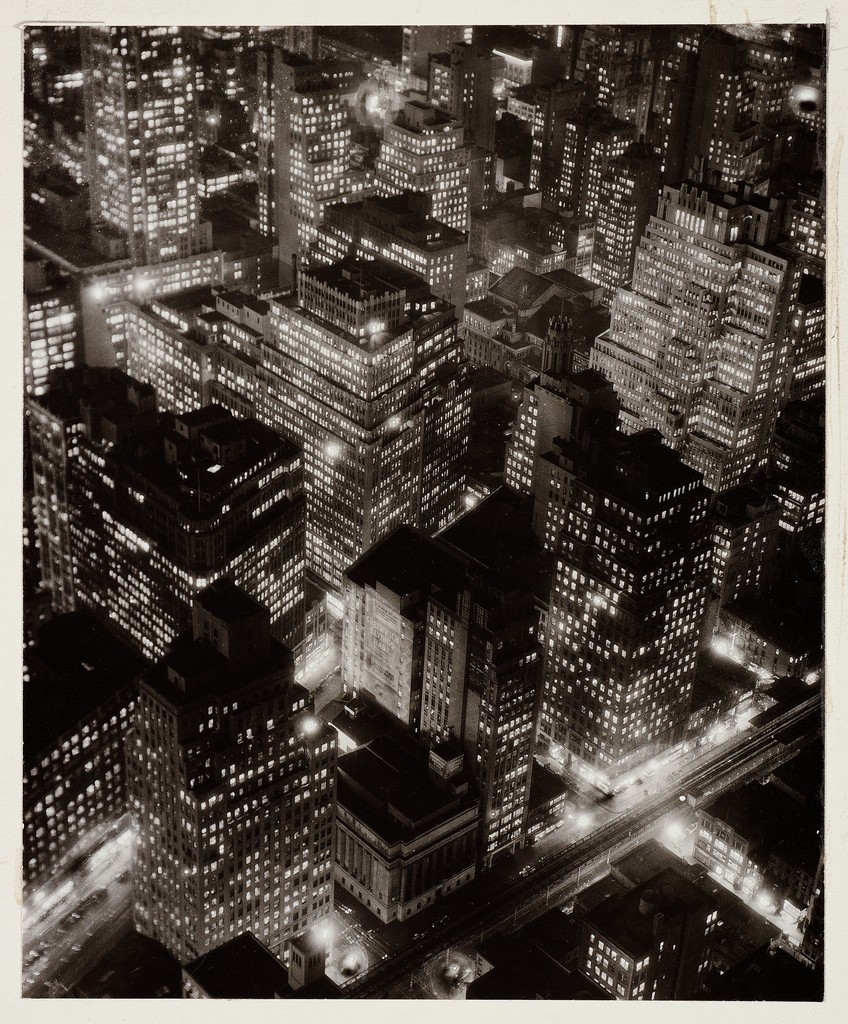
Night View: Midtown Manhattan. Berencie Abbott. 1932. 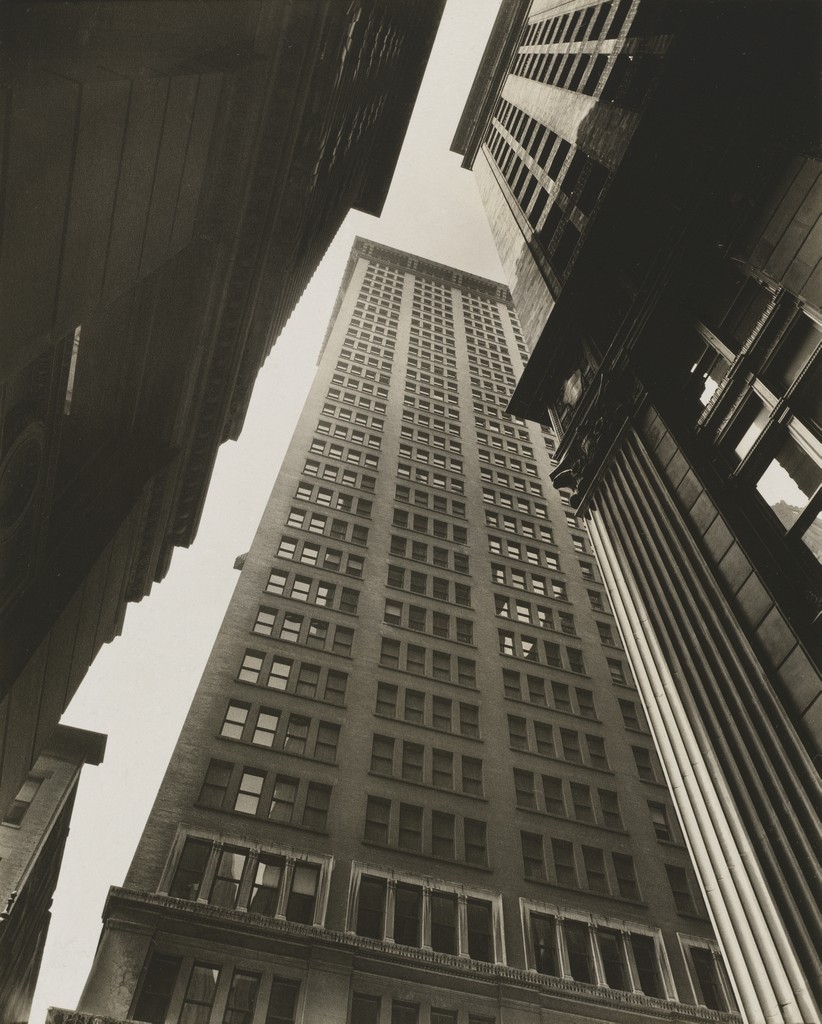
Canyon, Broadway and Exchange Place. 1936.
Photographer: Berenice Abbott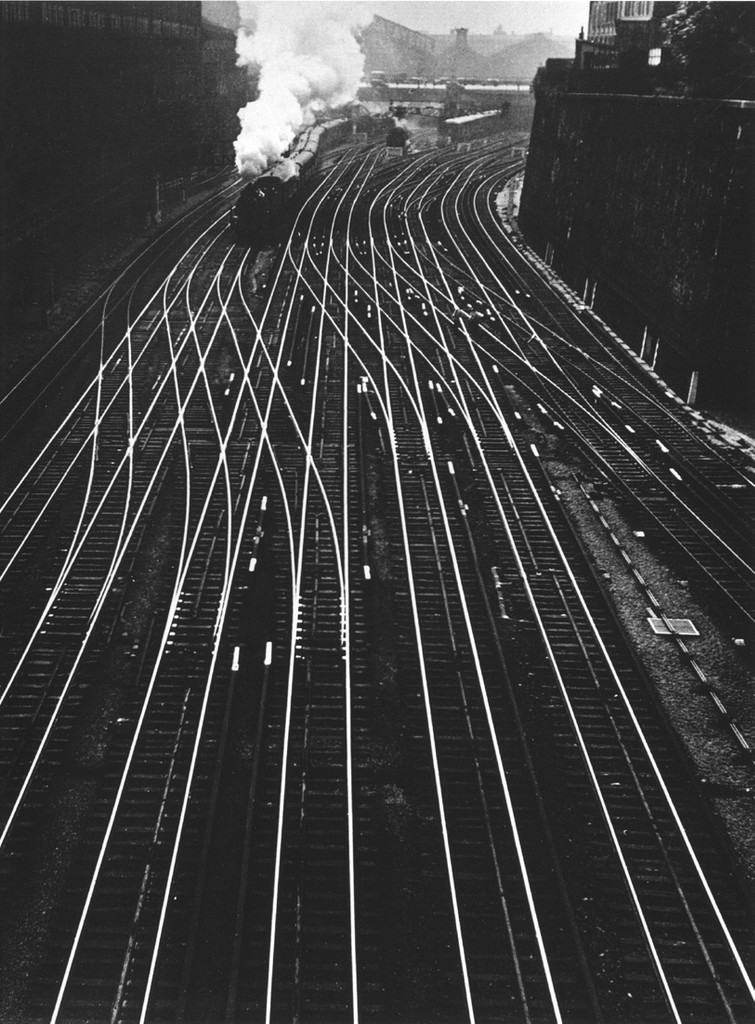
Saint-Lazare TrainStation.
Ergy Landau. 1932.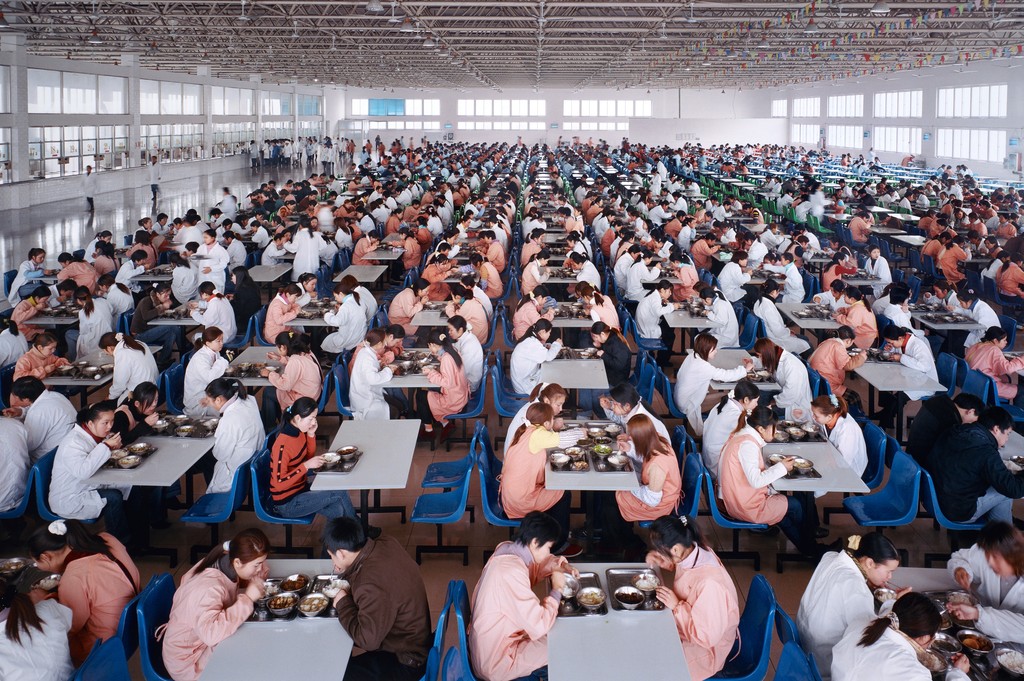
Manufacturing #11, Youngor Textiles, Ningbo, Zhejiang Province. Edward Burtynsky. 2005. 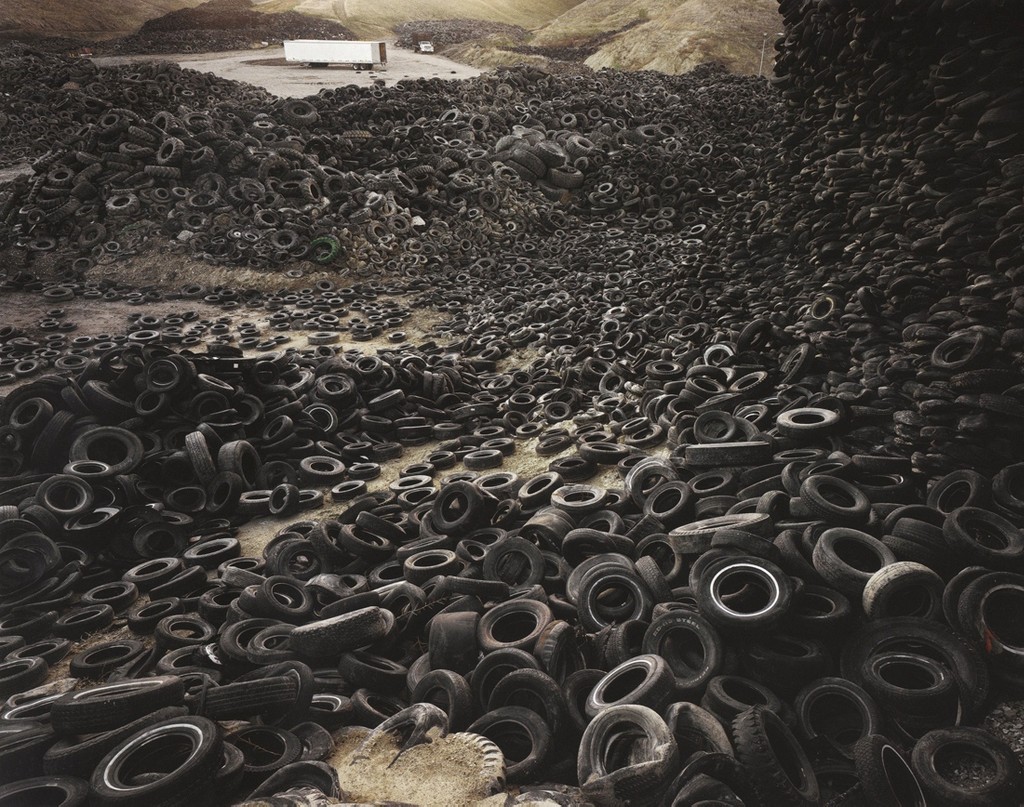
Oxford Tire Pile #1,Westley, California. Edward Burtynsky. 1999. 

City Arabesque. 1938.
Berenice Abbott.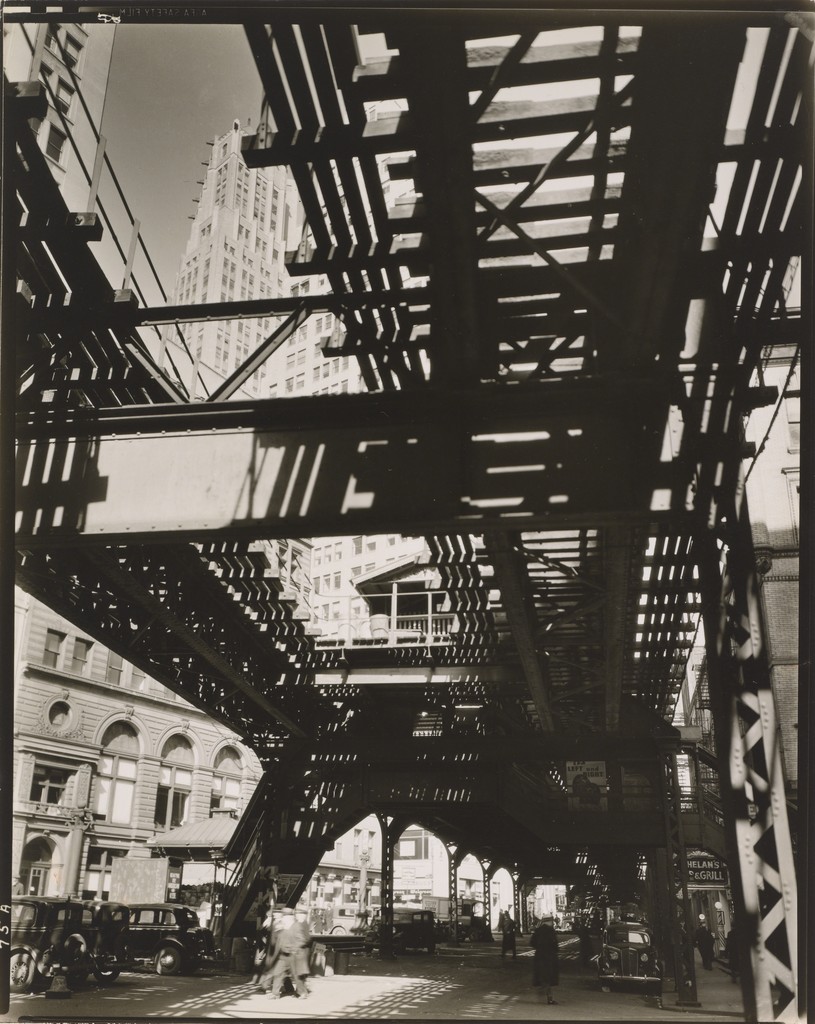
El, 2nd and 3rd Avenue Lines: Hanover Square & Pearl Street. 1936. Berenice Abbott. 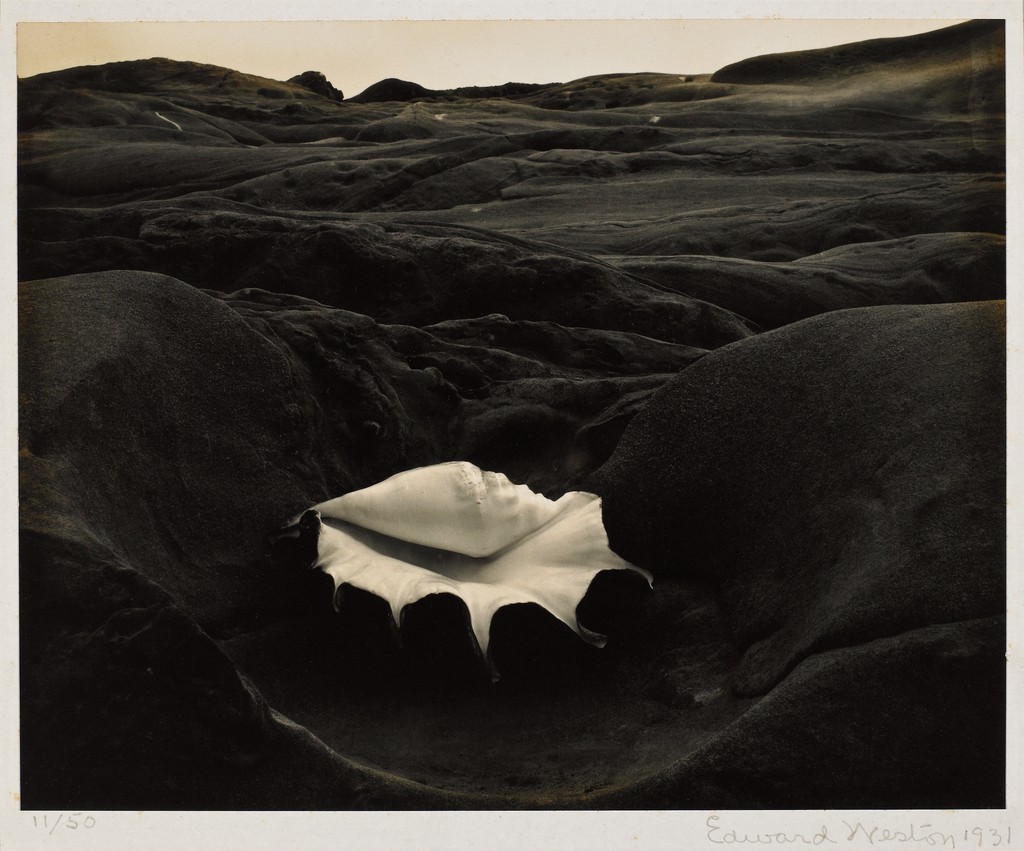
Shell and Rock Arrangement. Edward Weston. 1932. 
Elliot Erwitt

Desert Road, Nevada. 1960.
Ansel Adams
US.285, New Mexico, from The Americans (1958)
Robert Frank
Focus
Depth of Field-The distance between the nearest and farthest points that appear in acceptably sharp focus in a photograph. Depth of field can be shallow or extensive. While the term includes the word depth, depth of field refers to focus.
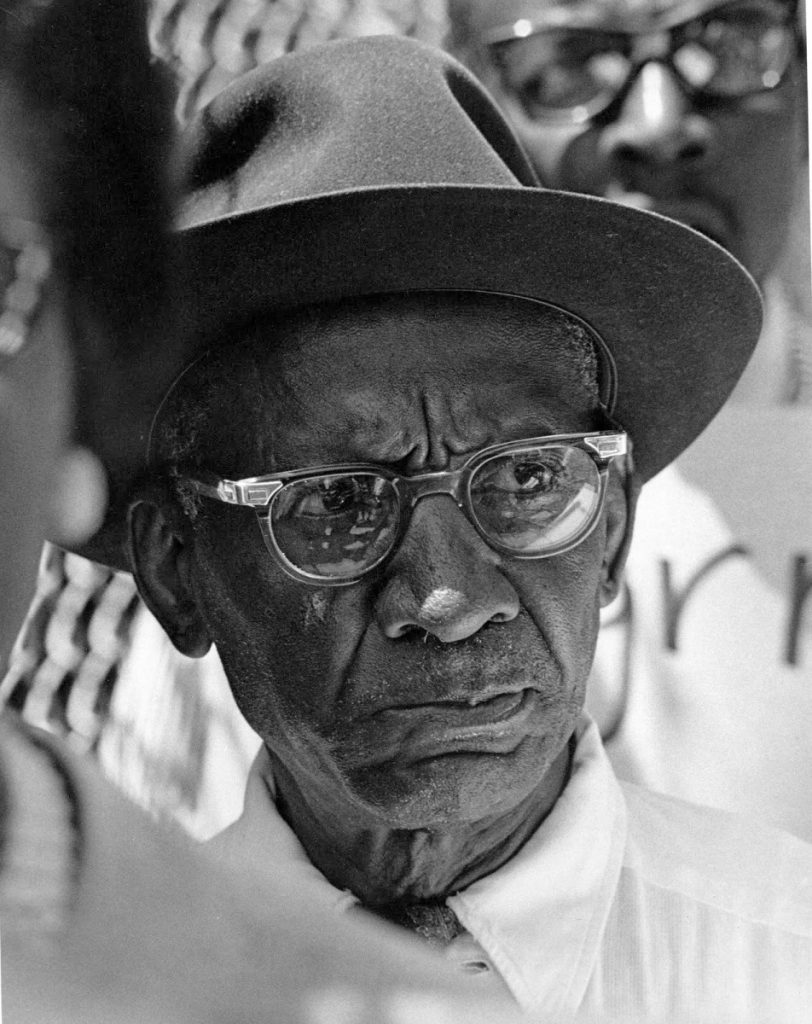
Photographer: Roy Decarava 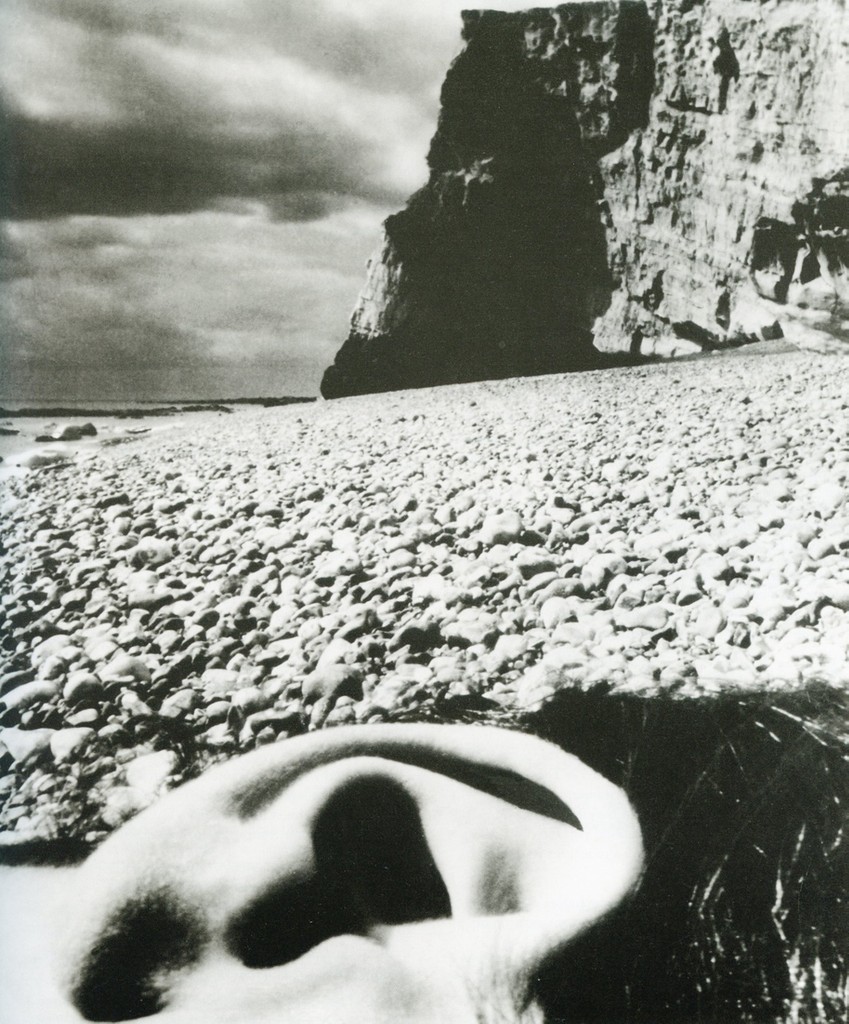
Photographer: Bill Brandt
Sometimes photos combine perspective and depth of field.
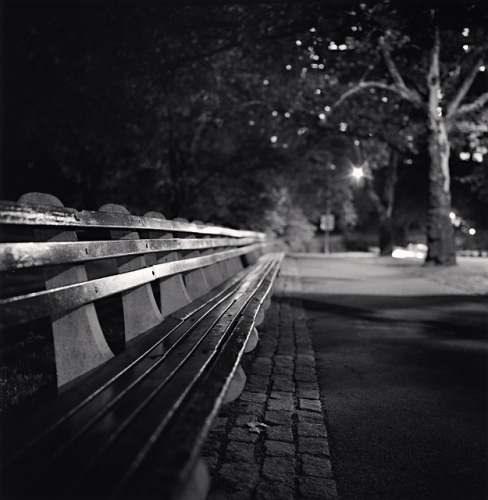
Photographer: Michael Kenna
How to control depth of field
These four factors control depth of field:
- lens aperture
- focal length
- camera-to-subject distance
- sensor size.
Aperture is the size of the opening that allows light to hit the camera’s sensor when the photograph is taken.
- Aperture values are expressed in numbers called f-stops. A smaller f-stop number means more light is coming into the camera and will create shallow depth of field. A larger f-stop number will let less light into the camera and create extensive depth of field.
- The full stops for aperture are: F2, f28, f4, f5.6, f8, f11, f16, f22, f32
- Cameraphones have a fixed aperture.
Focal Length is the distance from where the light converges in the lens to the sensor. If it is a short distance then the lens is a wide angle lens and shows a lot of the scene. If it is a long distance, the lens is a telephoto lens and it magnifies the scene. Wide angle lenses create extensive depth of field while telephoto lenses create shallow depth of field.
Camera-to-subject distance is how far the subject is from the camera. If everything is far from the camera, it is easier to achieve extensive depth of field. If the main subject is very close to the camera and the background elements are far from the camera, it is easier to achieve shallow depth of field.
Sensor size-the smaller the sensor the easier it is to achieve extensive depth of field. Bigger sensors allow for shallow depth of field.
Bokeh-Bokeh comes from the Japanese word boke (ボケ), which means “blur” or “haze”, or boke-aji, the “blur quality.” Bokeh is pronounced BOH-Kə or BOH-kay.
— From http://www.nikonusa.com/en/learn-and-explore/article/h0ndz86v/bokeh-for-beginners.html
Camera Phones and Depth of Field
Camera phones have a fixed aperture. For example, the aperture of the iPhone 7 is f1.8. This is one of the things that makes cameraphones so good in low light. You might think this wide open aperture would make it easy to get shallow depth of field with a cameraphone. However, the other factors involved make it quite challenging to achieve shallow depth of field with a cameraphone.
When you look at a phone, you can see the challenge for focal length. Focal length is the distance between where the light converges in the lens and the sensor and there just isn’t that much space. Even for cameraphones, we use the size of 35 mm film as the standard when discussing focal length. So the iPhone 11 has three lenses that are the 35 mm equivalent of 13mm, 26mm and 52mm. Earlier phones with one camera have one focal length. If working with a camera phone with more than one lenses, use the telephoto choice to create shallow depth of field.
Camera to subject distance is the factor that gives you the most control of depth of field when working with a camera phone. To create shallow depth of field bring the camera as close as possible to the subject. Allow for some actual space behind the subject
It is the small size of the sensor that makes cameraphones so good at achieving extensive depth of field. It is also the main reason it is so hard to get your cameraphone to achieve shallow depth of field.
Portrait Mode
To solve this problem, cameraphones use software. You may have Portrait Mode on your phone or you can download any number of Apps including Focos which I used for this example. I think this is pretty typical. Overall, the software did a good job of softening the background but it could not tell the the ear on the left should be sharp.


Processed with Focos
With a camera, it is easy to make background lights turn into beautiful shapes.
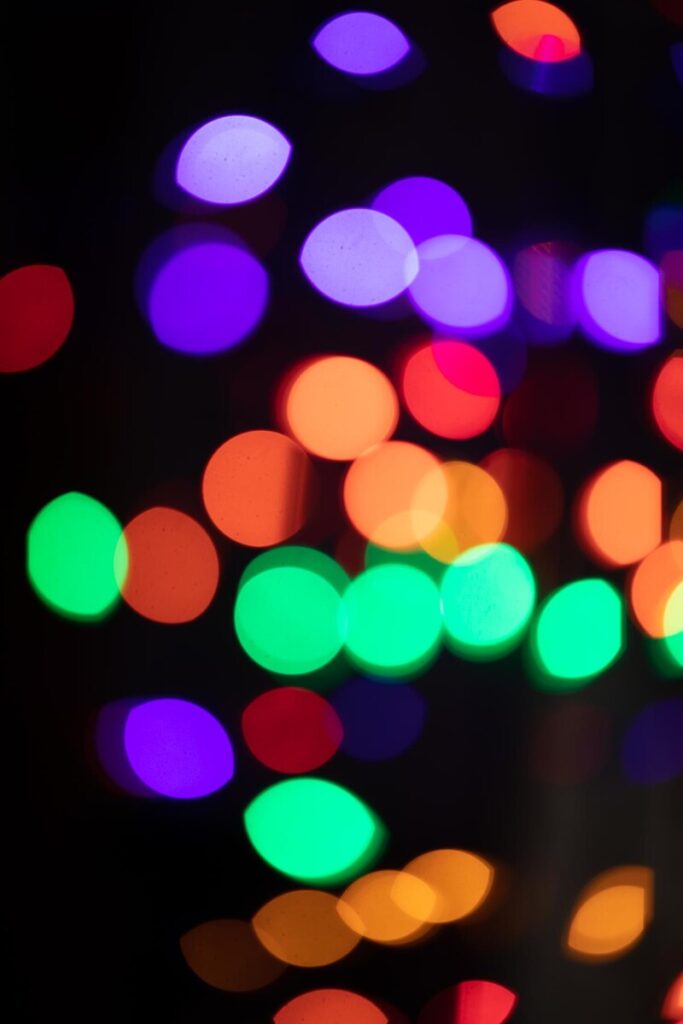
85mm, 1.8 
Processed with Focos
Lab Exercises
Homework
Needed for next week
- a camera and tripod
- if you are working with a cameraphone, you will need an app like Slow Shutter Cam and a tripod or other way to hold your phone still.






Leave a Reply